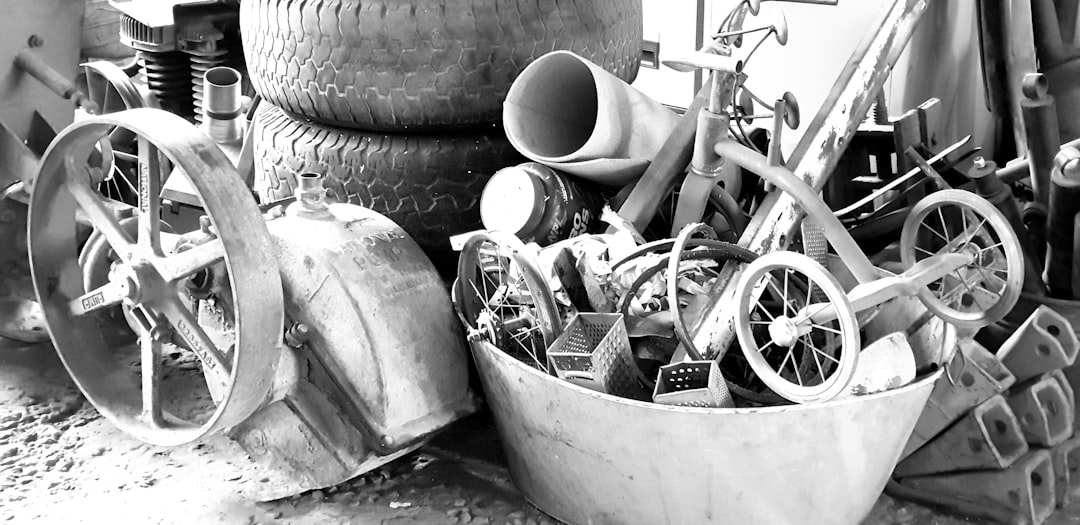 The Importance of Dryer Vent Repair and Replacement in Raleigh, NC
The Importance of Dryer Vent Repair and Replacement in Raleigh, NC
As a homeowner in Raleigh, NC, you rely on your dryer to get the job done efficiently and effectively. However, a clogged or damaged dryer vent can lead to a range of issues, from reduced performance to increased risk of fire. In this article, we’ll explore the importance of dryer vent repair and replacement in Raleigh, NC, and provide you with the information you need to keep your dryer running smoothly and safely.
Dryer Vent Repair: Why It’s Crucial
A clogged dryer vent is a common problem that can occur when lint and debris accumulate in the venting system. This can cause your dryer to work harder than necessary, leading to increased energy bills and reduced performance. In addition, a clogged vent can also increase the risk of fire, as hot air and lint can build up and ignite. Dryer vent repair is crucial to prevent these issues and ensure your dryer runs safely and efficiently.
Signs You Need Dryer Vent Repair
So, how do you know if you need dryer vent repair? Here are some common signs to look out for:
* Your dryer is taking longer than usual to dry clothes
* Your dryer is producing excessive heat or noise
* You notice a burning smell or see smoke coming from the vent
* Your dryer is not drying clothes as well as it used to
* You’ve noticed a buildup of lint or debris around the vent
If you’ve noticed any of these signs, it’s likely that your dryer vent needs repair or replacement.
The Risks of Ignoring Dryer Vent Repair
Ignoring dryer vent repair can have serious consequences. A clogged or damaged vent can lead to:
* Increased risk of fire: Hot air and lint can build up and ignite, causing a fire that can spread quickly.
* Reduced performance: A clogged vent can cause your dryer to work harder than necessary, leading to increased energy bills and reduced performance.
* Increased risk of carbon monoxide poisoning: A clogged vent can cause carbon monoxide to build up in your home, leading to serious health risks.
The Benefits of Dryer Vent Replacement
While dryer vent repair can be effective in some cases, there are times when replacement is the best option. Here are some benefits of dryer vent replacement:
* Improved performance: A new vent can improve the performance of your dryer, reducing energy bills and increasing efficiency.
* Reduced risk of fire: A new vent is less likely to clog or become damaged, reducing the risk of fire.
* Improved safety: A new vent can reduce the risk of carbon monoxide poisoning and other safety hazards.
How to Choose the Right Dryer Vent Repair Service
When it comes to choosing the right dryer vent repair service, there are a few things to consider. Here are some tips to help you make the right choice:
* Look for a service that has experience with dryer vent repair and replacement
* Check for licenses and certifications
* Read reviews and ask for references
* Get a written estimate and ask about any warranties or guarantees
Tips for Maintaining Your Dryer Vent
In addition to regular repair and replacement, there are a few things you can do to maintain your dryer vent and keep it running smoothly. Here are some tips:
* Clean your vent regularly: Use a vacuum cleaner or a specialized dryer vent cleaning tool to remove lint and debris.
* Check your vent for damage: Look for signs of damage or wear and tear, and replace the vent if necessary.
* Run a cleaning cycle: Many dryers come with a cleaning cycle that can help remove lint and debris from the vent.
Conclusion
In conclusion, dryer vent repair and replacement are crucial to ensuring your dryer runs safely and efficiently. By recognizing the signs of a clogged or damaged vent, choosing the right repair service, and maintaining your vent regularly, you can reduce the risk of fire and improve the performance of your dryer. Remember, a clogged or damaged vent is not just a nuisance – it’s a serious safety hazard that can have serious consequences. By taking the time to address any issues with your dryer vent, you can rest assured that your home is safe and your dryer is running smoothly.
 Understanding Sandblasting: Processes, Applications, and Benefits
Understanding Sandblasting: Processes, Applications, and Benefits